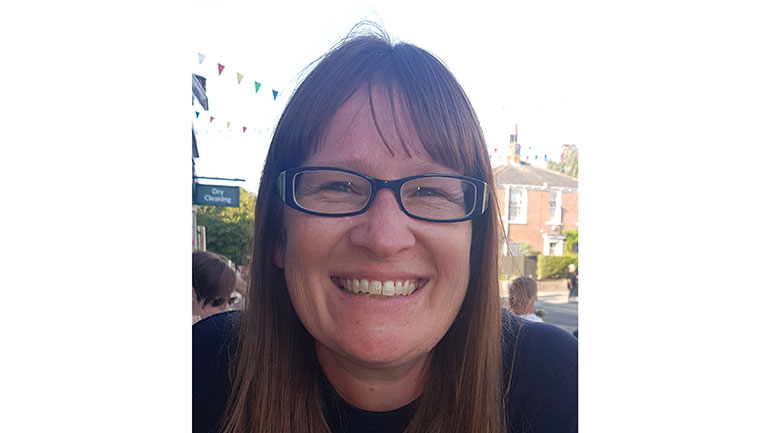Health technologies should be easy to use and personalised, give users choices about how their information is shared and, where possible, include integrated games and incentives specifically designed for children and young people.
These are the results of a recent study on the preferences of people aged 18 and under when it comes to using health technologies to treat their chronic diseases such as diabetes, cystic fibrosis, anxiety, depression and asthma.
The study was conducted by researchers from the University of Leicester together with Sheffield Hallam University, the universities of Leeds, Sheffield and York and the HealthTech Research Centre in Paediatrics and Child Health of the National Institute of Health and Care Research (NIHR). The results have now been published in the journal Archives of Disease in Childhood.
Lead researcher Dr Jackie Martin-Kerry, a research fellow at the School of Healthcare at the University of Leicester, said: “The research clearly shows the importance of recognising that children and young people have their own expert views on health technologies and should be involved in their development to ensure their success and continued use, rather than just asking parents or doctors.”
The researchers analyzed data from 161 journal articles, mostly written in high-income countries, describing the preferences of children and adolescents.
To ensure that the findings are meaningful and contextually relevant, a Patient and Public Advisory Group of young people in long-term care from across England was assembled to guide the study and lead the development of recommendations for future health technology development/research.
The study found that children and adolescents have four main preferences and needs:
• Design and functionality – easy-to-use applications and clear content through the use of bright colors and age- and development-appropriate images and multimedia content.
• When using technology, a balance between privacy and sharing is needed, such as the ability to connect with others with similar conditions or experiences through chat rooms and to communicate immediately with healthcare professionals and undertake an assessment via messaging or video to enable timely and targeted intervention.
• Interaction within the technology to communicate, avoid embarrassment, and maintain independence. They also expected security features in health technologies and valued autonomy and control over their information.
• The ability to customise and personalise technology using emojis and design avatar characters, as well as set motivational goals and personalised reminders to encourage children to progress and achieve.
Dr Martin-Kerry said: “This report highlights important preferences and needs that children and young people have in relation to their health technology in relation to long-term care. Future research should involve children and young people living with the relevant conditions throughout the development of the technologies, from identifying their unmet needs through to final design, evaluation and implementation to take into account the needs and preferences identified.”
Veronica Swallow is Professor of Child and Family Nursing and Healthcare at Sheffield Hallam University and was also involved in the study. She added: “Health professionals are increasingly integrating technology into patient care using telemedicine, artificial intelligence, virtual reality, devices and smartphone applications. Despite this, little was known about the preferences of children and young people using these technologies and so this research is crucial if we are to ensure long-term use of health technologies.”
The research was funded by the White Rose University Consortium Collaboration Fund.




